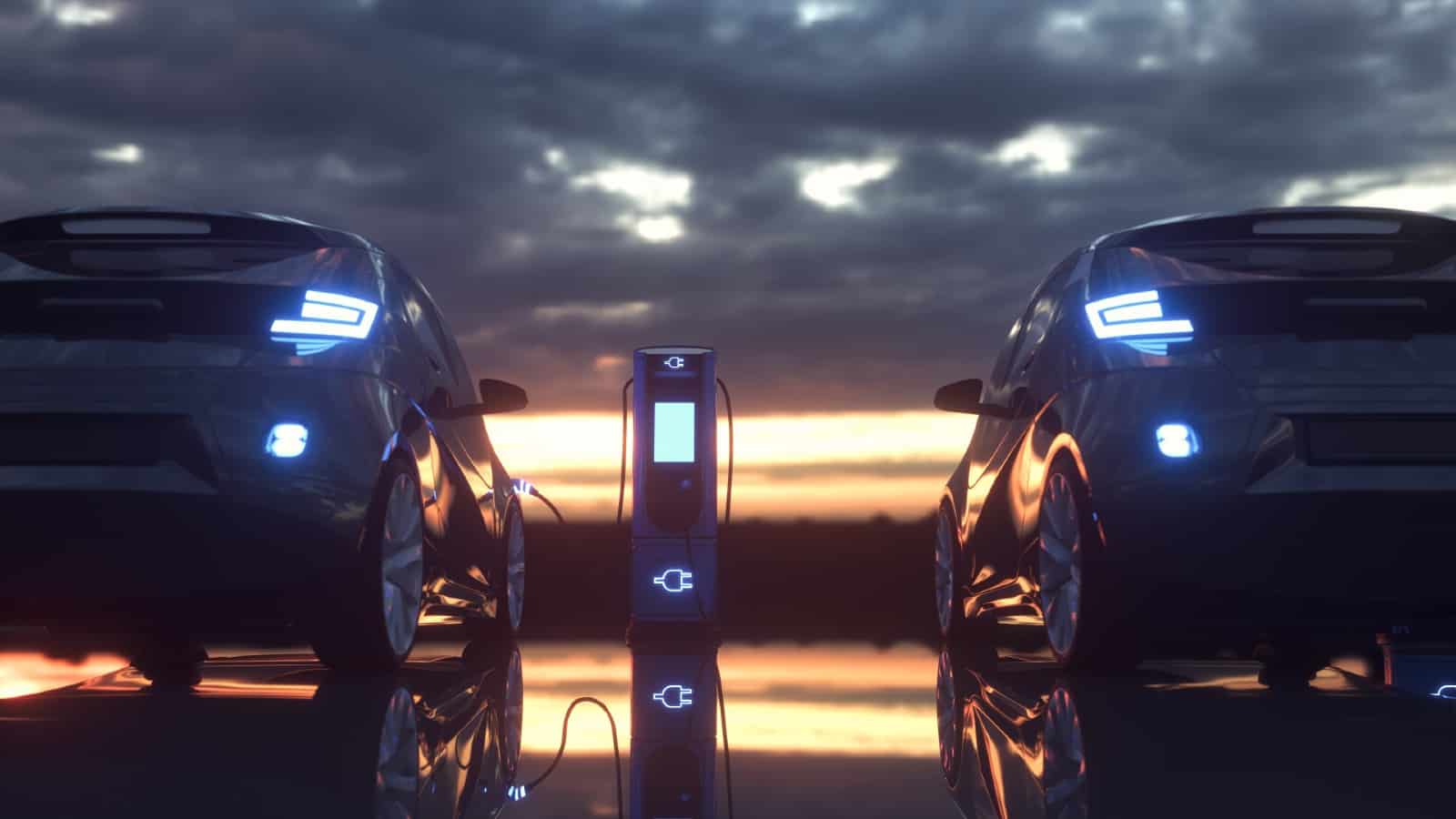The Tesla (NASDAQ:TSLA) share price is up 10% since February 2023, but it’s fallen 22% from the start of 2024.
Investors appear to be concerned about falling sales growth rates and price cuts adversely affecting the company’s margin.
But Tesla sees artificial intelligence (AI) as a way of significantly increasing its long-term value.
The future of driving
Self-driving cars are often mentioned as one of the best examples of how AI is going to change our lives.
The idea of having a sleep at the wheel while on public roads may seem far-fetched at the moment but, according to GlobalData, it could become a reality by 2035.
Industry standards classify the level of driving autonomy between zero (no automation) and five (full).
Tesla’s Full Self-Driving (FSD) system currently scores two.
Human oversight is required at all times, but its vehicles can brake and accelerate on their own, as well as steer to keep in the centre of the lane.
A change of approach
In May 2023, Elon Musk gave an interview to David Faber of CNBC.
When asked how AI will impact Tesla’s business model, he said: “This is gigantic. It’d be like selling cars for software margins because, in fact, it is software. And so, instead of effectively having, say, 25% margins, it might be 70%, or more.“
The previous month, he claimed: “We’re the only ones making cars that, technically, we could sell for zero profit, and then yield actually tremendous economics in the future through autonomy.”
Mark Delaney, an analyst at Goldman Sachs, has predicted that most of the company’s revenue in the 2030s will be earned from FSD, through monthly subscriptions.
He reckons self-driving income could — in an “upside case” — hit $75bn by 2030.
Unprecedented
Tesla’s current market cap is $600bn — approximately 35 times its automotive gross profit for 2023.
If Delaney is right, and the company is able to achieve a 70% margin, Tesla could be generating an annual gross profit of $52.5bn, from its FSD system.
Applying today’s earnings multiple to these figures could result in a stock market valuation of over $1.8trn.
That would mean a share price of $570 — around 40% higher than its all-time high, achieved in November 2021.
And this ignores any contribution that the company’s energy generation and storage businesses might make, or the profits it might earn from the sales of its vehicles.
Is this possible?
However, Tesla does face some formidable competition.
Waymo, owned by Alphabet, has already reached level 4 autonomy.
But it relies on radar and sensors to keep its cars within a pre-mapped area.
Tesla’s technology is very different. It uses data from external cameras, which means it’s not geographically restricted.
In some respects, it reminds me of the VHS versus Betamax battle, in the early days of video recorders. It remains to be seen which self-driving technology will become the industry standard.
However, Tesla has announced plans to licence its software to other manufacturers so, perhaps, it has the edge.
And I’ve learned never to underestimate its founder and CEO.
Musk is undoubtedly a visionary, and irrespective of whatever level of autonomy is achieved by the start of the next decade, I’m sure that Tesla’s FSD revenues will be massively higher than they are today.








